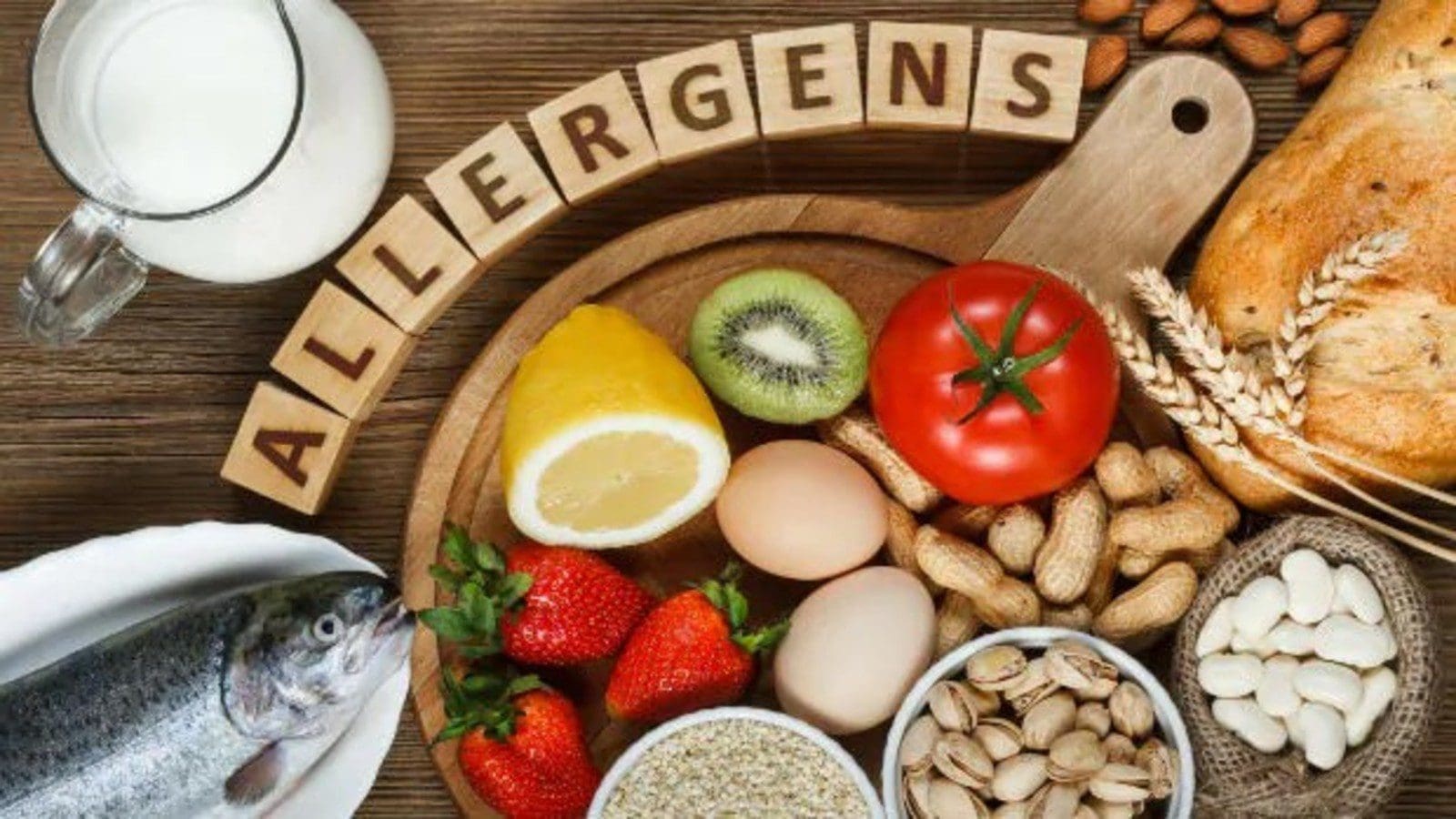GHANA – The Department of Agriculture of the Ministry of Food and Agriculture (MoFA) in Ghana’s Western Region is training women fish processors on catfish value addition so as to improve post-harvest handling and processing skills along the catfish value chain.
The first batch of 15 participants were schooled on market strategies including smoking, selling, packaging in transparent boxes and good labelling.
The Municipal Director of Agriculture, John K. Gyimah, told the Ghanaian Times that the training was to increase the knowledge of participants on catfish processing and also to create market linkages.
This, he added, would promote value addition and also increase overall income after sales, reduce dust contamination and flies, and that innovations would ultimately improve standards of living of fish processors.
“The Department of Agriculture sees a lot of prospects along the catfish value chain and continues to encourage more youth to venture into tarpaulin catfish farming and subsequent fish processing, let’s change our way of marketing to attract more customers,” Mr. Gyimah advocated.
He further urged fish mongers in the Western Region to add new marketing strategies to boost their market, adding that, the assembly was doing its best to develop some new innovations to improve the living condition of every market woman.
This innovation was to reduce scarcity of fish products during closed seasons for marine fishers, he said, stressing that “we don’t want a situation whereby after catfish production, there are no buyers or processors, indeed, we need to expand the frontiers of the catfish value chain.”
“We also do these to avoid gaps in the work of fish processors and maintain sales around the clock in the municipality and in the Western Region generally,” Mr. Gyimah said.
He revealed that 35 people had already embraced the initiative and was positive that more fish processors would soon be enrolled in the training programmes.
“Catfish farming holds huge potentials for the local economy, and that is the concept of urban agriculture, to increase and improve productivity, provide ready jobs and incomes for our urban population,” the Agriculture Director said.
Participants later expressed their appreciation to the agriculture department for the renewed efforts to add value to catfish production. They urged other fish processors to participate in the training programmes so that they could increase prospects and improve their businesses and incomes.
Fish smoking
In Ghana fish accounts for more than half of all animal protein intake with 70% being consumed in the form of smoked fish.
The smoking process not only reduces post-harvest losses by extending the shelf-life of the fish, but also imparts highly valued complex flavours to the fish.
Traditional West African smoking ovens consist of metal drums or mud stoves loaded with firewood to produce smoke, over which the fish are placed on a metal grill, a method that is notoriously hazardous.
The smoked fish often contains extremely high levels of carcinogens called polycyclic aromatic hydrocarbons (PAHs).
However, in 2008, the Food and Agriculture Organization (FAO) led the development of a new type of oven, the FAO-Thiaroye, which is more sustainable and designed to improve the quality and safety of the smoked fish.
Liked this article? Subscribe to Food Safety Africa News, our regular email newsletters with the latest news insights from Africa and the World’s food safety, quality and compliance. SUBSCRIBE HERE








